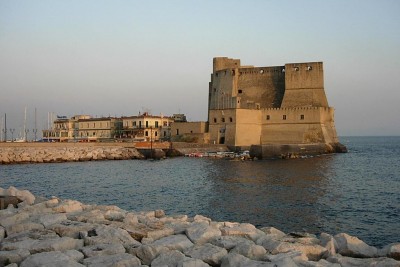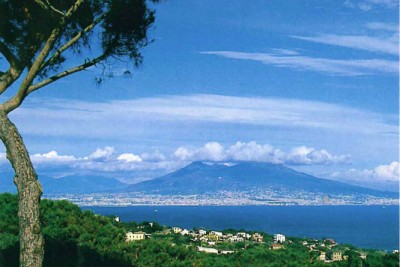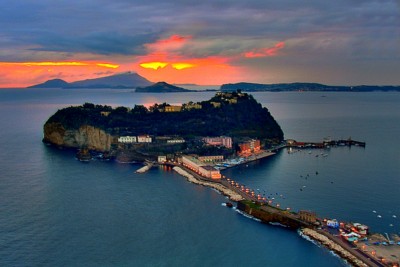The amazing but mostly unknown Coliseum of Santa Maria Capua Venere
Few people know that this is the second largest Roman amphitheater after Rome's Coliseum




This is the second largest Roman amphitheater after Rome's Coliseum, as the city of Capua was once an important center built on the fabled via Appia (Appian Way).
Capua was also the site chosen by Hannibal as his troops' winter quarters.
Built by Augustus, and then restored by Hadrian in 119 A.D., the huge amphitheater was constructed with an elliptical plan to be similar although slightly smaller than the one in the capital city of Rome.
The monument, which was destroyed by the Saracens under the leadership of Gensericus, lay waste for several centuries and was despoiled of many of its elements.

Its columns and stones were used to build the Cathedral and many buildings in the city, this too having been devastated by the sack of the Vandals.
Only in recent years has it been reappraised and been the object of a strengthening and restoration project.
Adorned with columns, it could seat 60,000 spectators. At the time of its splendor it was referred to by a name thought to mean ‘round fortress’, but probably derives from the word for ‘bear den’ in the Germanic language, an allusion to the spectacular wild animal hunts that took place in the arena.
The edifice had 4 floors, of Tuscan order; the arches on the second and third floor were adorned with statues, and it was here that statues of Venus, Psyche and Adonis were found.

The terrace was divided into 5 caveae with 4 enclosures; the caveae were divided into 16 cunei. Above was the colonnade, built of monolithic marble columns by the Emperor Hadrian.
At the entrance are two well-preserved arches, inside which the depictions of two divinities - Ceres and Juno - can still be seen.
There are 10 corridors, three major ones following the major axis, one circling around the arena, with the other 6 being covered by vaults and having various openings.
A small room in the spacious underground area was converted into an oratory and remains of paintings and some fragments of the altar are visible here still. The corridors also preserve the remains of frescoes, mural paintings and stuccoes.

By following the corridors it is possible to walk round the entire cavea. The steps have been destroyed, but it is possible to climb up to see the upper part of the monument. Inside the arena there are a number of trap doors.
Thanks to the help of special pulleys and winches, these holes were used to haul up scenographic elements into the cavea (trees, columns, boulders, decorative objects), which served as ‘sets’ for performances. They were also used to bring up the cages holding wild beasts when these were needed in the show.
You can wander the lower level and see how the actors, gladiators and animals were housed and how they entered the upper structure.


The area in front of the amphitheater is a garden where fragments of sculptures and architectural decorations from the monument are exhibited. It was here that stood the School for Gladiators, where in 73 B.C. (before the amphitheater itself was built) the revolt of the slaves led by Spartacus broke out.
In the Gladiator Museum of the Coliseum you can learn about the combatants’ training and lives. Nearby are the remains of an ancient Roman bath complex and Roman era tombs.
Anfiteatro Campano S. Maria Capua Vetere
Via Roberto d’Angiò, 48
Open: Tuesday to Sunday 9.00 AM - 7.30 PM (last admission at 6.45 PM)
Closed on Monday
Tel: (+39) 081 2395653 - 081 2395666
Tickets (Valid also for the Anfiteatro Campano, and the Museo dei Gladiatori and Mitreo)
Full price: €2.50
EU citizens between 18 and 25: €1.25
With the ArteCard: € 1.25
Visitors under 18 or over 65: free
Directions by train:
S. Maria Capua Vetere Station (15 min. on foot from the station)





